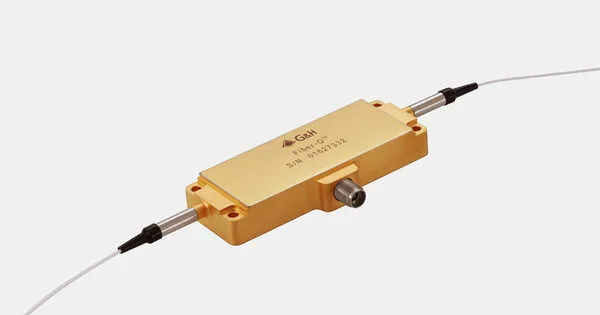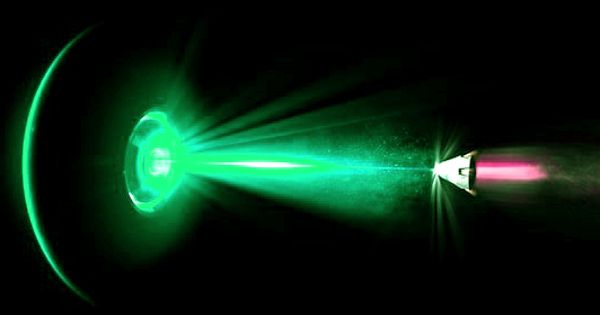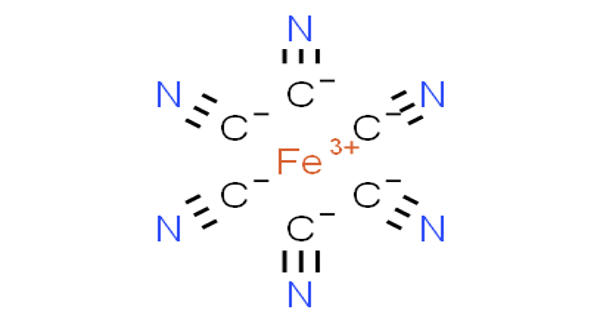Acousto-optics is the study of the interaction of acoustic (sound) waves and light (optical) waves in a medium. It is the study of the interactions between sound waves and light waves, particularly the diffraction of laser light by ultrasound (or sound in general) through an ultrasonic grating. This branch of study investigates how acoustic waves can affect light attributes such as intensity, frequency, and direction.
Introduction
Optics has a long and rich history, dating back to ancient Greece and continuing into the Renaissance and modern eras. Acoustics, like optics, has a long history that dates back to the ancient Greeks. In contrast, the acousto-optic phenomenon has a comparatively brief history, dating back to 1922, when Brillouin predicted the diffraction of light by an acoustic wave propagating in an interacting medium. Experimentation by Debye and Sears, as well as Lucas and Biquard, corroborated this in 1932.
Rytow observed a particular instance of first-order diffraction under a certain angle of incidence (also predicted by Brillouin) in 1935. Raman and Nath (1937) developed a universal ideal model of interaction that takes into account several orders. Phariseau (1956) created this model for diffraction with only one diffraction order.
There are two primary types of acousto-optic interactions:
- Bragg Diffraction: The most typical type of acousto-optic interaction. When an acoustic wave enters a medium, it causes a periodic fluctuation in the refractive index. When a laser beam passes through this medium, it encounters Bragg diffraction, which causes diffracted orders to develop. The angle and frequency of these diffracted orders are determined by the acoustic wave’s frequency and wavelength.
- Raman-Nath Diffraction: When the acoustic wavelength is substantially less than the optical wavelength, this interaction occurs. Multiple diffraction orders are created in this scenario, and the interaction is more complex than in Bragg diffraction.
Applications
Acousto-optic devices find applications in various fields, including telecommunications, spectroscopy, laser technology, and signal processing. Some common applications include:
- Modulators: AOMs can be used to modulate the intensity or frequency of laser beams for various applications, such as laser communication and laser printing.
- Spectroscopy: AOMs are used in laser spectroscopy to scan the frequency of a laser beam, allowing for the measurement of absorption or emission spectra of different materials.
- Signal Processing: AOMs can be used to perform signal processing tasks like frequency shifting, filtering, and beam steering.
- Laser Frequency Stabilization: AOMs can help stabilize the frequency of laser beams by locking them to an acoustic resonator’s frequency.
- Holography: AOMs are used to steer and control the reference beam in holography setups.
In general, acousto-optic effects are based on the change in the refractive index of a material caused by the presence of sound waves in that medium. Sound waves cause a refractive index grating to form in the material, and it is this grating that is “seen” by the light wave. Variations in the refractive index caused by pressure fluctuations can be detected optically via refraction, diffraction, and interference effects; reflection can also be used.
















